Learning and Development (L&D) has traditionally been viewed as an internal, static function – an essential but often undervalued part of the business. When budgets tighten or priorities shift, training programmes are frequently the first to face cuts. Not because they lack impact, but because they lack visibility. Despite growing pressure on L&D leaders to demonstrate a clear return on investment, too many strategies remain boxed in by a cost-centre mindset. It’s no surprise that, according to Rise Up’s 2024 State of Learning report, only 1 in 10 leaders currently believe L&D expenditure can be directly linked to revenue growth. But what if the conversation could be reframed entirely? What if L&D wasn’t just about supporting the business, but growing it?
The solution lies in a growing trend: monetising your L&D platform. More and more fast-growing organisations are leveraging their learning management system (LMS) to run an “extended enterprise” model – delivering training not just to employees, but also to customers and partners. This approach doesn’t just create a new revenue stream; it repositions L&D as a driver of competitive advantage, proof of expertise, and a signal that the company’s training is not only effective, but in demand.
L&D deserves a new approach
The misrepresentation of L&D as a limited internal function impacts how it is funded and prioritised. L&D is often wrongly perceived as just an internal support function, which means it competes for budget with departments that can more easily show direct contributions to growth or margin. As a result, L&D leaders find themselves stuck in a loop – underfunded, under-resourced, and under constant pressure to prove their worth. Training stagnates, and its true potential as a monetisable asset is never realised. To break this cycle, the model itself needs to evolve. That means reimagining L&D not just to upskill the workforce, but as a commercial asset in its own right – one that can generate revenue, build brand authority, and extend the organisation’s influence beyond its four walls.
By shifting to an extended enterprise model, a business can deliver its primary service and offer training as an additional part of that package. All of this adds value – and generates revenue – long after the deal is signed. For example, a security company might offer training to partners on how to implement and manage its systems, while a sales recruiter could provide clients with tailored sales training programmes, adding value beyond recruitment and deepening customer relationships.
This approach, which might be termed “Training-as-a-Service” or TaaS in a boardroom pitch, allows businesses to add value to their sales while capitalising on the L&D investments they’ve already made internally. What makes this TaaS model especially compelling is its dual function. On the one hand, it creates a new net revenue stream that’s directly tied to the L&D function. On the other hand, it serves as real-world validation of training quality. When customers or partners are willing to pay for access to your training, it becomes easier to make the case internally that those same programmes deserve greater investment. In this way, monetised learning does more than fund itself. It reinforces the strategic value of L&D and raises the standard for what internal development can achieve.
Turning training into revenue – a use case
Businesses that master their own L&D have something incredibly powerful to offer their customers and partners, they just don’t realise it. Let’s take the case of the sales recruitment firm mentioned earlier. Operating under an extended enterprise model, they can not only place top-tier sales talent, but also offer tailored sales training programmes for those new hires. By integrating recruitment and training services, the firm ensures that placed candidates are not only well-matched to the roles but also equipped with the specific skills and knowledge required by the client’s sales environment. This enhances the effectiveness and retention of new hires, aligns onboarding with business goals, and strengthens the firm’s value proposition as a strategic partner rather than a transactional service provider.
Taking TaaS to the boardroom
So, how does this translate to the boardroom? L&D leaders often find themselves facing the executive roadblock of turning potential into action. Even when the benefits of monetised learning are clear, gaining traction in the boardroom can be difficult, especially when training is still viewed as a non-commercial support function. To move the conversation forward, L&D must position itself as a growth contributor with measurable business outcomes.
Framing monetisation as a strategy for increasing market reach, enhancing brand authority, and accelerating workforce development gives leaders a much stronger platform to advocate for investment. As external demand for training grows, it will naturally encourage further investment in content, platforms, and instructional design, raising the standard of learning across the board. Internally, this leads to faster upskilling, deeper engagement, and greater adaptability. It’s a win-win situation that will snowball into further wins with the right level of investment and discipline.







